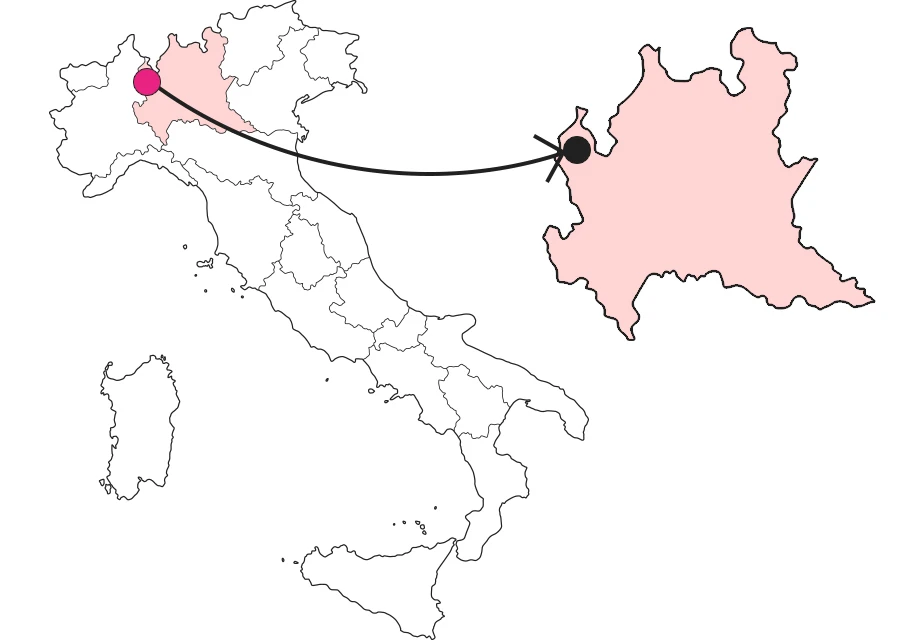




Church of St. Eusebius and St. Anthony in Azzio
A stone in front of the altar hides a crypt with 12 niches...

Where

What it is and where it is
We are in Azzio, a small town on the northern slopes of the Campo dei Fiori. Its main street, which leads to Gemonio, takes us to the small square in front of the church of the Franciscan convent of Azzio. Don't be fooled by the size; you have arrived before a little-known gem of the Valcuvia. The church is simple, a double-sloped facade from which advances a prothyrum that welcomes us and accompanies us inside the building.
Why it is special
The first thing that strikes us upon entering is a feeling, something we cannot see but we sense. There is an atmosphere in here, calm and composed, as if it were lying limply on the floor and occupying all the space available. This strange effect is the weight of a history hidden for years, which is now being unearthed by the patient hands of archaeologists. An ancient and rare history, so much so that very few places in northern Italy can say they share it with Sant'Eusebio.
Not to be missed
We shake off this feeling for a moment and look around. We are greeted by a wide, single-nave church topped by a wooden truss roof. The sides of the nave house four chapels dedicated to St. Francis, the Virgin and St. Joseph, the saints of the Franciscan Order, and St. Anthony. In the chancel, the imposing walnut altar attributed to Intelvi Valley masters contains a statue of the Madonna probably dating from the 1600s. In front of the altar, a stone conceals and at the same time reveals, the place where the oldest secrets of the little church are kept.
A bit of history
Before entering, we observed the stone plaque set to the left of the porch: the history of this church begins right here. As we can read, it begins on November 18, 1608, when the bishop of Como inaugurated with the laying of the foundation stone the extension works of an ancient church dedicated to St. Eusebius. The construction site would lead to the building of the new church dedicated to St. Anthony of Padua and the nearby Franciscan convent of Santa Maria delle Grazie. The church we see today, dedicated to St. Eusebius and St. Anthony, is shown to us much as it must have appeared in the early 1600s.
Trivia
The stone placed in front of the altar conceals from view an oval-shaped crypt with sixteen niches and another small altar. They served for a ritual used from the 18th until the early 19th century: double burial. When a friar died, in a first burial ceremony he was placed to sit on wooden planks in one of the niches and there he remained until he was skeletonized. A second ceremony was then held, and the bones laid in the common ossuary below. Sometimes, however, the bodies would go through natural mummification. Some friars were thus found, still seated in their niches.
Enter the Map of Italy's Undiscovered Wonders and find treasures where you least expect it... Inspire, Recommend, Share...
Contacts
Collections
The Map thanks:
In the Community
Enter the Map of Italy's Undiscovered Wonders and find treasures where you least expect it... Inspire, Recommend, Share...
Where

Contacts
Collections

